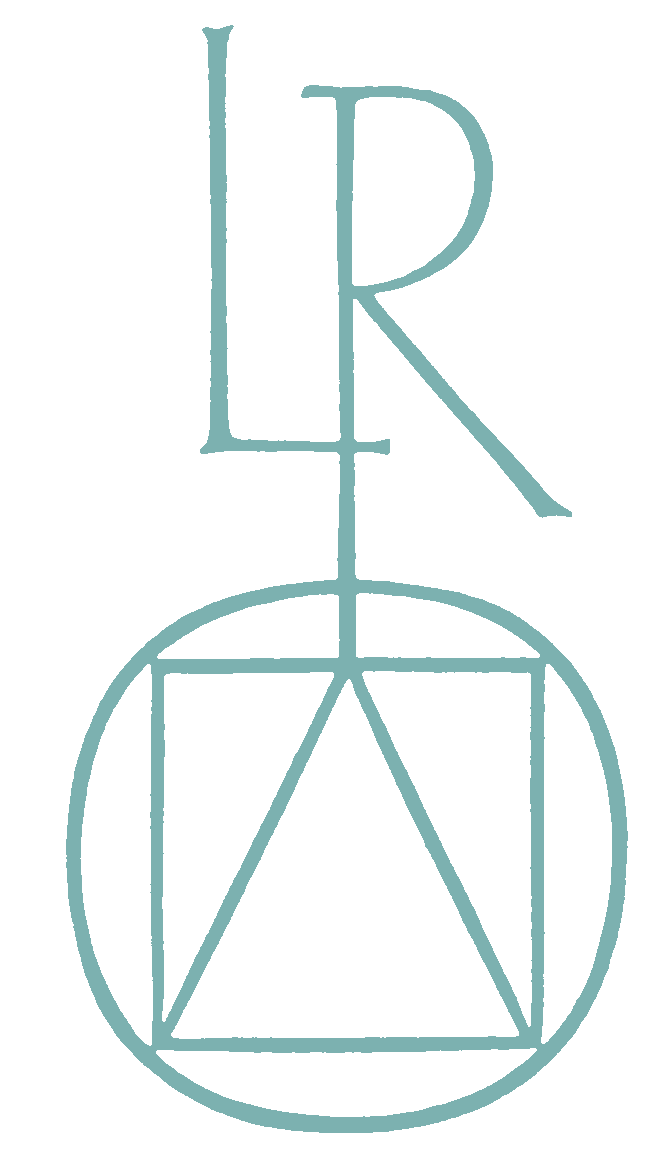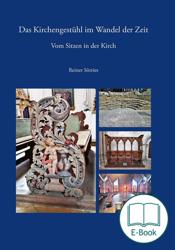For Western churches, the pews are a constitutive component. Nevertheless, it has so far received little attention in its entirety and its importance. Here, for the first time, an overview of the development of church stalls from Christian antiquity to the present is offered. Important theses are that congregational pews already existed in the early Christian churches and that originally, up to the present day, they were not used for convenience, but rather to maintain proper order.
The church pews, a constitutive and at the same time space-defining part of Western churches, have so far hardly received the attention they deserve. For the first time, the author provides a comprehensive historical, art, cultural and liturgical overview from the early Christian era to the present. A fundamental distinction is made between clergy and lay people and differentiated in detail. The clergy stalls include the early Christian cathedra and the priest's bench (subseelium), the mainly medieval session niches and Levite chairs, and over time the chorstalls as well as the abbot's, bishop's and papal thrones. The lay stalls, which, as shown here, already existed in early Christian times, are understood here primarily as an organizing instrument and less as a concession to convenience. At the same time, the social and social significance of the church pews for the elites is highlighted. The pews of the guilds, especially those of the seafaring companies, form a separate category. Prieches, lattice chairs, boxes and Herrschaftsstände are treated as special chairs, as are confessional chairs, communion chairs and Rezitierstühlein. The primary sources for the depiction are preserved church seats, but also pictorial representations. The treatise extends to the present day, when the church stalls are dissolved in accordance with contemporary liturgy. The explanations are supplemented by numerous illustrations.
https://www.ca.phil.fau.de/lehrstuhl/team/reiner-soerries/
Reiner Sörries, * 1952 in Nuremberg, is a theologian, Christian archaeologist and art historian, associate professor for Christian archeology and art history in the theology department of the University of Erlangen. From 1991 to 2015 he was director of the Museum for Sepulchral Culture in Kassel. Retired since 2016, he lives in Kröslin on the Baltic Sea.


 Preface
Preface